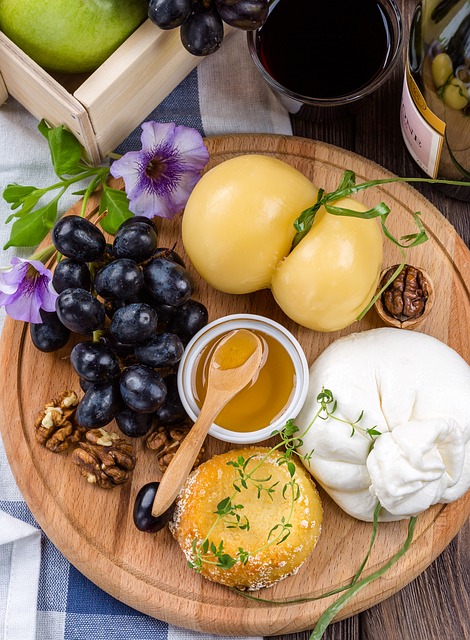Posted: Feb 07, 2017

When we book airplane tickets, most of us consider things like timing, cost, and whether or not a given flight includes a layover. We probably don’t factor in the healthfulness of the airline’s food. But maybe we should.
Some airlines serve healthier meals than others, and a new study helps travelers figure out which keep calories and cost to a minimum in the meals and snacks they offer, while maximizing nutrition, taste and sustainability.
“Transparency is critical, and consumers are very interested in know about the foods they eat,” Charles Platkin, PhD, JD, MPH, the director of the NYC Food Policy Center at Hunter College, who conducted the study and edits DietDetective.com, tells Healthy Eats. “Often, travelers don’t have the time to plan out and pack their own meals. Their only choice at 30,000 feet is the food on the plane.”
Platkin’s airline food study found that, overall, the average calories per in-flight food item has risen slowly and steadily in years past — from 360 in 2012 to 388 in 2013 to 297 in 2014 and 400 in 2015 — before decreasing 8 percent last year, to 392.
Rated according to “Health Scores” on a scale of zero (lowest) to five (highest) stars — taking into account criteria including health and calorie levels, improving access to healthy options, innovation and the availability of nutritional information — the study ranked 12 popular airlines.
Virgin America Airlines earned 4.25 stars and healthiest airline honors, followed by Delta and Air Canada with 4 stars apiece, Alaska Air (3.75 stars), JetBlue (3.5 stars), United (3.25 stars), American (3 stars), Southwest (2 stars) followed by Allegiant Air and Hawaii (1.75 stars each). Spirit Airlines and Frontier Air shared the bottom spots on the list with just 1 star apiece.
Platkin suggests that airlines can increase customer satisfaction and brand loyalty by offering healthier foods on flights.
“There is a plethora of research on healthier food improving mood,” he observes, noting that eating a meal or snack that is heavy on fat, sodium and sugar “could make passengers grumpier and create a less than positive travel experience.”
To prevent mid-flight “hanger,” Platkin urges flyers to expect trips to take longer than scheduled and bring healthy snacks along. (You can take most foods through security, he notes, just not liquids or gels.)
Travelers should try to plan out their meals as they do their trip, Platkin advises. “Even if you ate before you left home,” he notes, after hours of travel, “you are still going to get hungry.”
Source: https://www.foodnetwork.com
Go-Wine's mission is to organize food and beverage information and make it universally accessible and beneficial. These are the benefits of sharing your article in Go-Wine.com


The Wine Thief Bistro & Specialty Wines is a locally owned small business in downtown Frankfort, IL offering world class wines in a relaxed, casual gathering spot for friends and family. Offering world class virtual tastings and touchless carryout.
https://www.twtwineclub.com/aboutus
Go-Wine 25 Great Wineries in US selection prioritizes quality, value and availability.
www.go-wine.com/great-wineries-in-america
Tasting wine is a nice experience, but visiting the places in which wine is made is a magic moment. Available in New York City for touchless pickup.